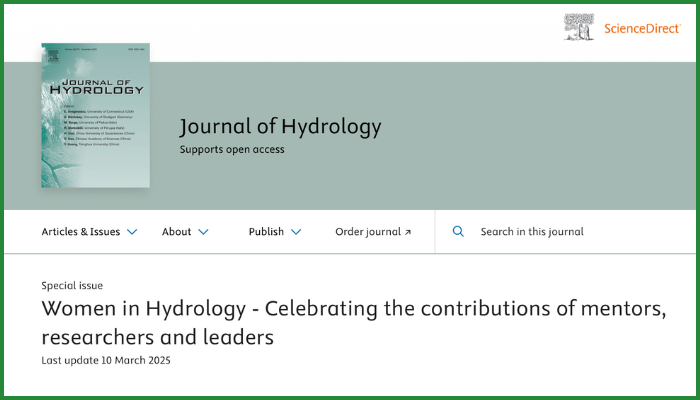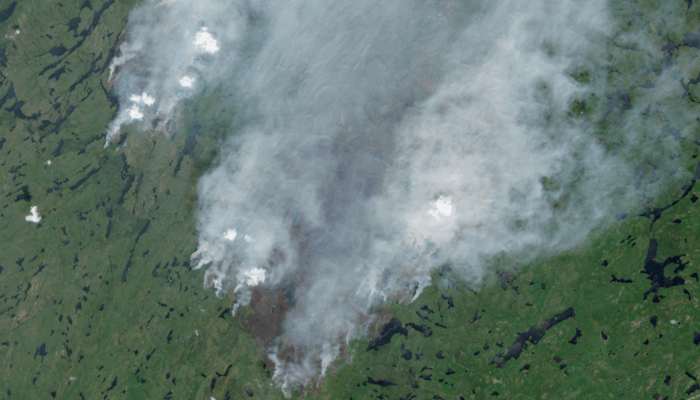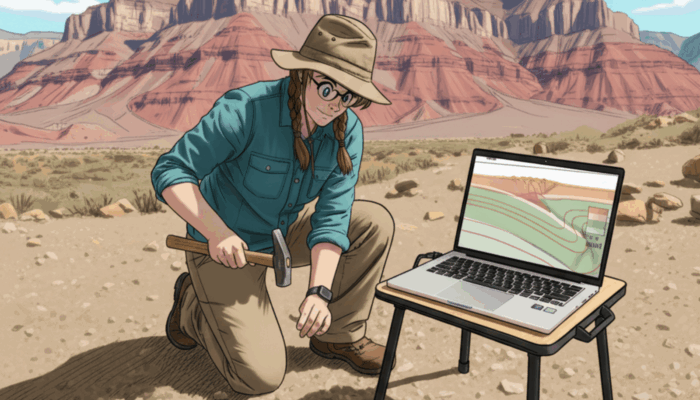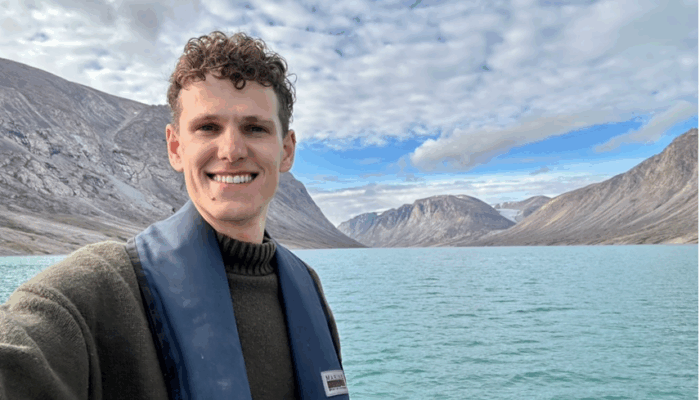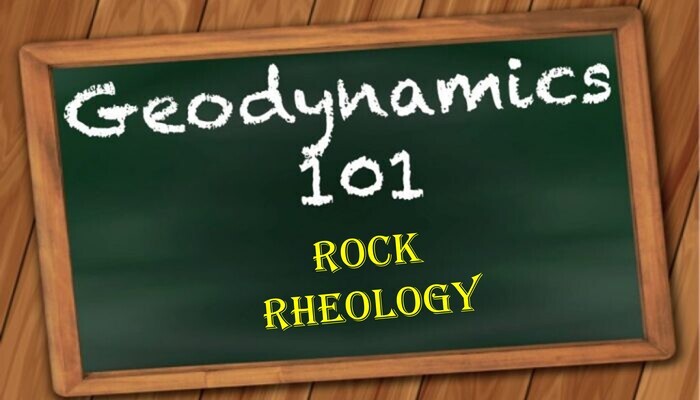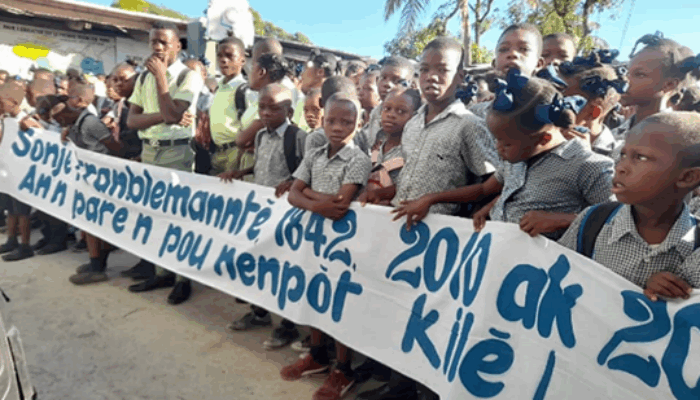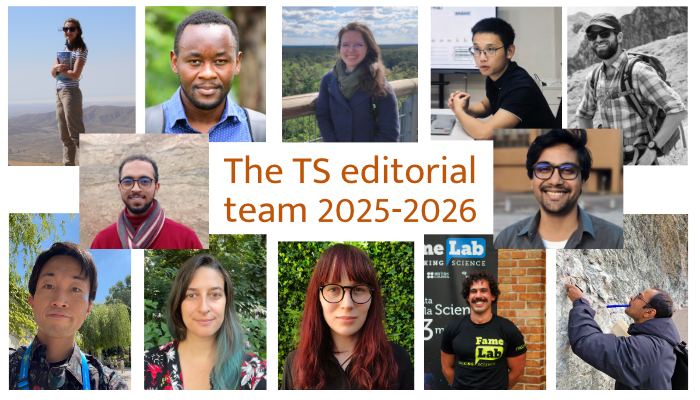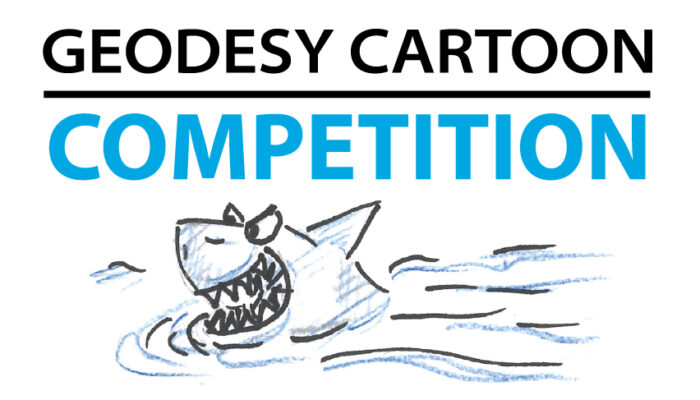It was 2021, and we were not feeling good. COVID-19 was in full force. Personally we were experiencing lockdown conditions, disruptions to our work, schooling and childcare arrangements. Our social media feeds were lighting up with stories about how women scientists were disproportionately exposed to the negative career impacts of the pandemic. The US was reeling from the aftermath of George F ...[Read More]
Biogeosciences
On fire and ice – the state of wildfires in the boreal zone
On the second episode of the EGU Biogeosciences Division’s podcast series, Bikem Ekberzade interviews Sander Veraverbeke on the current patterns of wildfires in the boreal zone (as well as Europe, this year) and the effects of climate change and human interference in their severity and return period. You can listen to the podcast here: Of fire and ice – the state of wildfires in the bo ...[Read More]
Geodynamics
From Rocks to Models: Reconciling Field Geology with Geodynamic Simulations
When reading a scientific paper or a text explaining the physical workings of the Earth, one of the most striking aspects is the methodological approach—sometimes involving numerical models, other times fieldwork and/or rock geochemistry. This diversity of approaches can initially cause some discomfort, a feeling that things are like square pegs in round holes. How can a computer model dialogue wi ...[Read More]
Ocean Sciences
Where Freshwater Meets the Fjord: Researching Carbon in a Changing Arctic
We sat down with Henry Henson, a PhD student at Aarhus University, whose path led from an early love of nature to studying the frontlines of climate change in the Arctic. Henry works with both Aarhus University’s Arctic Research Centre and the Greenland Climate Research Centre in Nuuk, exploring how Greenland’s coastal oceans absorb CO2 and how a warming, freshening Arctic is transforming these fr ...[Read More]
Hydrological Sciences
A quick update on the paper submission process for EGU journals
The EGU preprint server on EGUsphere was launched in 2022. It constitutes the (to-date) last step in a fully transparent and interactive peer-review and publication process. In its early days, authors could actively choose to submit their preprints to the new server or to submit them as preprints directly to a selected EGU Journal (see our blog post from March 2023). This option is now passé: all ...[Read More]
Tectonics and Structural Geology
TS Must-Read – Fossen and Cavalcante (2017): Shear zones – A review
Haakon Fossen and Geane Carolina G. Cavalcante published their seminal review on the topic of shear zones in 2017 in the journal Earth-Science Reviews. The work summarizes the scientific findings on the development and quantification of ductile shear zones sincefrom the the 1960s up to recently. It describes the fundamental aspects of the initiation and growth of shear zones across scales. First, ...[Read More]
Geodynamics
How do rocks fail and flow: A beginners guide to rock rheology
The field of rock rheology may seem a bit ‘odd’ at first glance to those geoscientists who are vaguely familiarized with the topic of geodynamics. Often, rocks are considered massive and competent geomaterials that display a sudden (and sometimes violent) brittle failure (earthquake alert!). However, when considering the high temperatures and large timescale characteristics of most geo ...[Read More]
Natural Hazards
No Resilience Without Trust – An interview with Janise Rodgers and Mary Antonette Beroya-Eitner from GeoHazards International
This summer, we participated in a Service-Learning course titled “Breaking the Cycle of Disaster, Response, Recover, and Repeat”. The course was developed by Solmaz Mohadjer and offered as part of the Transdisciplinary Course Program at the University of Tübingen, Germany. We were brought together from different disciplines to explore key factors that contribute to effective disaster risk reductio ...[Read More]
Tectonics and Structural Geology
Introducing the blog team 2025-2026
For many of you September means back to school, for us September means the return of the blog. Behind the scene this summer, the bright new editorial team prepared fresh blog posts to share with the community. We are very excited to welcome the new editors, happy to start their blog adventure. The 2025-2026 team is a group of early career scientists editors from diverse backgrounds, continents and ...[Read More]
Geodesy
Geodesy Cartoon Competition – Turn Science into Smiles
Geodesy is the science of measuring the Earth’s shape, gravity field, and rotation. What if we could make it exciting, fun, and easy for everyone to understand? That’s exactly why the International Association of Geodesy (IAG) and its Global Geodetic Observing System (GGOS) launched the Geodesy Cartoons initiative: to bring geodesy closer to the public through visually engaging and humorous illust ...[Read More]

